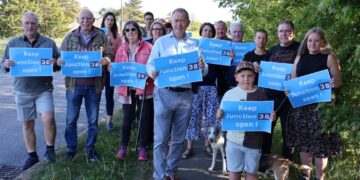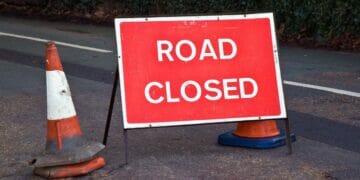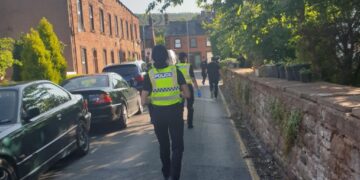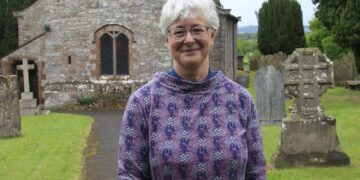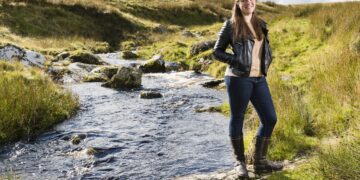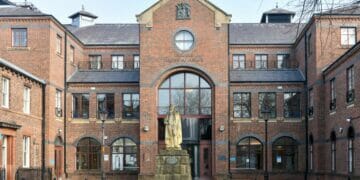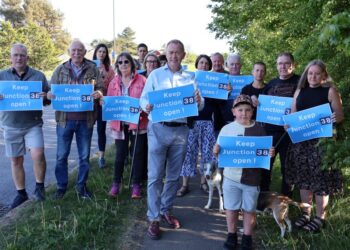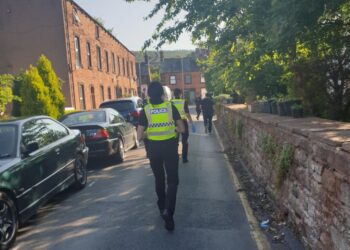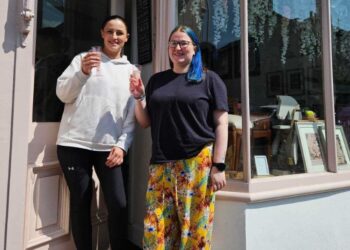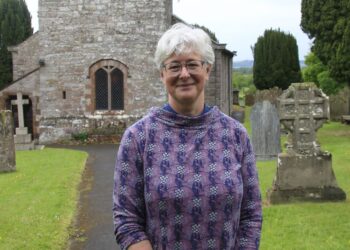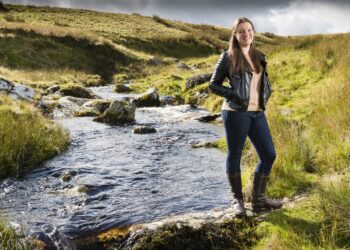From T. Bulmer’s Directory of Cumberland, 1901
Ainstable covers about seven square miles, and is hilly, with good soil and plenty of building stone.
In 1891 it had 439 people, mostly in farmwork.
In the Middle Ages, it was part of Gilsland Barony, the property of the Vaux family, thence Dacres and Howards.
Its Lord of the Manor is now Edward Ecroyd (Low House, Armathwaite). The parish was often ravaged by the Scots raiders.
Ainstable village is in the parish’s Low Quarter.
Its church was rebuilt in 1871. In medieval times, till the 1530s, Nunnery’s chaplain took the services here.
The parish’s common was enclosed (split up into fields) in 1821.
The Aglionby monument (1420) in the church came from St Cuthbert’s, Carlisle, and was brought here when St Cuthbert’s was rebuilt c.1780. Ainstable Church’s organ (new) came in 1898.
The school, begun in 1743, by 1901 had an average attendance of 74.
In 1874 the present school and master’s house was built close to the village. The Wesleyan Methodist Chapel (near Ainstable Hall) was built in 1861.
High Quarter’s village is Ruckcroft. There is also the hamlet of Longdales.
Eliza Collingwood is Ainstable’s postmistress. Letters come to her house (via Kirkoswald) 7.50 am and leave for Kirkoswald at 4.10 pm, weekdays.
The Parish Council has eight councillors, and the Ainstable School Board has four members.
Ainstable has 20 farmers (four of them freeholders) in Low Quarter and 17 farmers (three of them freeholders) in High Quarter.
The parish had four pubs.
The carrier (Mr Hamilton Hoggarth) went to Penrith on Tuesdays and Carlisle on Thursdays and Saturdays.
You could often get a lift with him.

